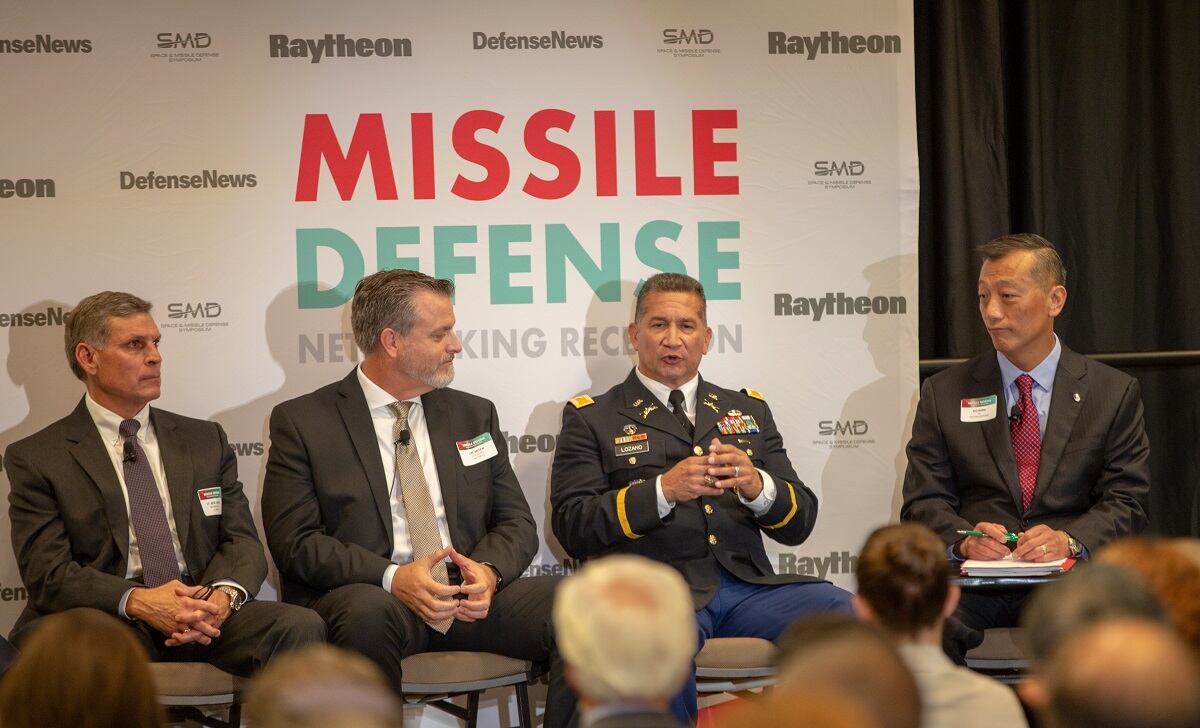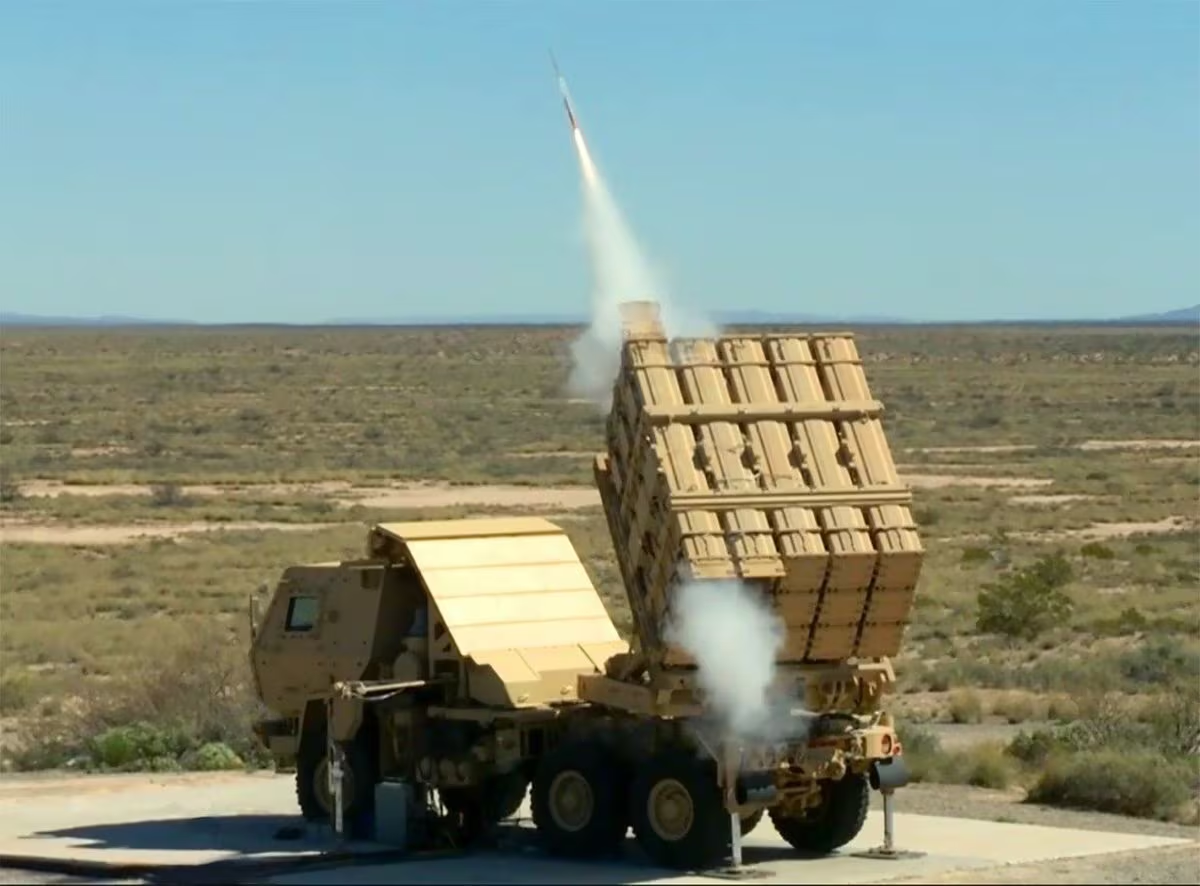In the 2019 National Defense Authorization Act, Congress agreed with the Air Force to cancel the manned JSTARS recap program in favor of a largely space-based system, the Advanced Battle Management System. ABMS is undefined, without an estimate of cost and with an unknown fielding date. In the meantime, against Air Force wishes, Congress has disallowed the retirement of any of the 17 legacy E-8C JSTARS aircraft currently carrying out the mission of wide-area surveillance, tracking of small, moving targets on the ground, and onboard battle management.
But the more significant outcome of this decision is the apparent shift in Air Force thinking about its ability to defeat sophisticated, integrated air defense systems, or IADS, quickly. The commander of Air Combat Command defended the JSTARS recap cancellation because he claimed it would be unable to operate in a contested environment defended by high-end air defense systems.
This assertion overlooks classic air power tactics to rapidly convert “contested” airspace to “uncontested” airspace with overwhelming application of force so as to allow other air, land and sea forces to operate without threat from the air. This suppression and destruction of enemy air defenses, called “rollback,” has been successful in all conflicts despite adversaries' modern air defenses and predictions of unaffordable losses.
Now, apparently, Air Force planners believe the air defenses of Russia and China are so severe that only new stealth aircraft and long-range cruise missiles can deal with their contested airspace. Accordingly, aircraft like JSTARS, AWACS, RC-135 Rivet Joint, MC-130 Compass Call, legacy fighters and bombers, including the B-2, cannot operate without heavy attrition. The new guiding principle of air campaign planning asserts that forces must operate continuously in contested airspace, replacing rollback strategies that rapidly gain and permanently maintain total control of the air.
RELATED

A brief look back at previous air campaigns against sophisticated IADS vindicates the effectiveness of rollback strategies to achieve total, permanent air dominance. The classic was Desert Storm.
Baghdad and major military facilities in Iraq were defended by the modern French KARI air defense network. Defense “experts” warned against attacking Iraq and of predicted attrition (losses per combat sorties flown) of 15-20 percent. We rolled back the Iraqi IADS, destroyed its airfields and gained uncontested control of the air in three days of around-the-clock attacks with an attrition rate less than 1 percent! The same result happened in the rollback air campaign of Operation Iraqi Freedom in 2003.
In June 1982, the Israeli Air Force faced a modern Soviet-supplied IADS in the Bekaa Valley manned by Syrians similar to that facing NATO in Warsaw Pact countries. Despite predictions of heavy Israeli F-15 and F-16 attrition, the Israeli Air Force, using U.S. Air Force rollback tactics, destroyed the entire threat array with zero losses in two days, ensuring uncontested air dominance thereafter.
Air attrition analysts have historically overstated air losses because their models do not replicate all countermeasures, decoys, cyber measures, the sheer numbers of swarming attackers, on-scene decisions by smart aircrews and the ability to shift tactics as the air situation develops.
RELATED

To be sure, stealth fighters, bombers and standoff weapons must be a large part of the Air Force for any future air campaign. But air forces need not be entirely stealthy nor exclusively standoff to execute effective rollback strategies like Desert Storm, Operation Iraqi Freedom and that of Bekaa Valley. Moreover, the numbers of stealth and standoff forces needed would be unaffordable. However, with rapid rollback of defenses, non-stealthy combat and support aircraft can operate with only occasional opposition, and all ground and sea forces likewise. Contested airspace becomes uncontested airspace.
Our Air Force has visionary leaders whose challenge is to learn from past air campaigns, exploit the limitations of modern IADS, understand the mismatch between paper attrition and the realities of combat, invest in the right set of affordable forces, and recognize the value of rapid rollback to create permanently uncontested airspace. This will ensure that today’s Air Force can do what past Air Forces have always done — gain and maintain control of the air quickly and decisively.
Gen. John Michael Loh is a former U.S. Air Force vice chief of staff and former commander of Air Combat Command.








